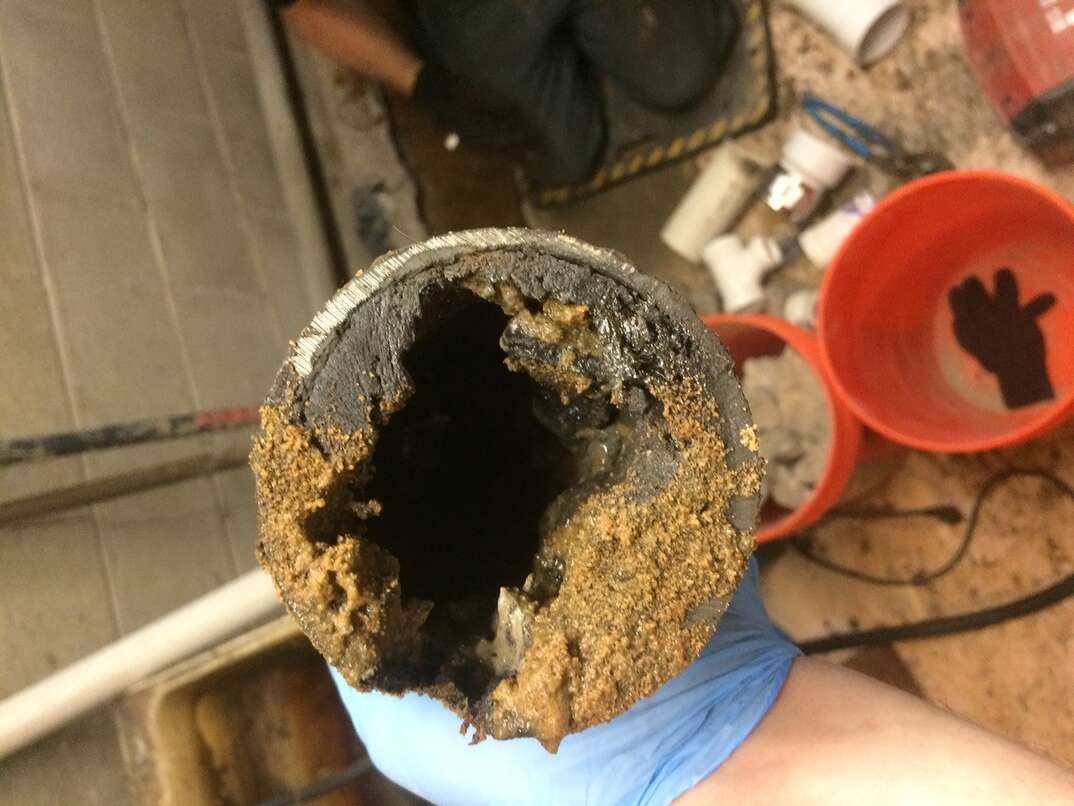So You Found Water in Your House. Here's How to Find the Source of the Leak
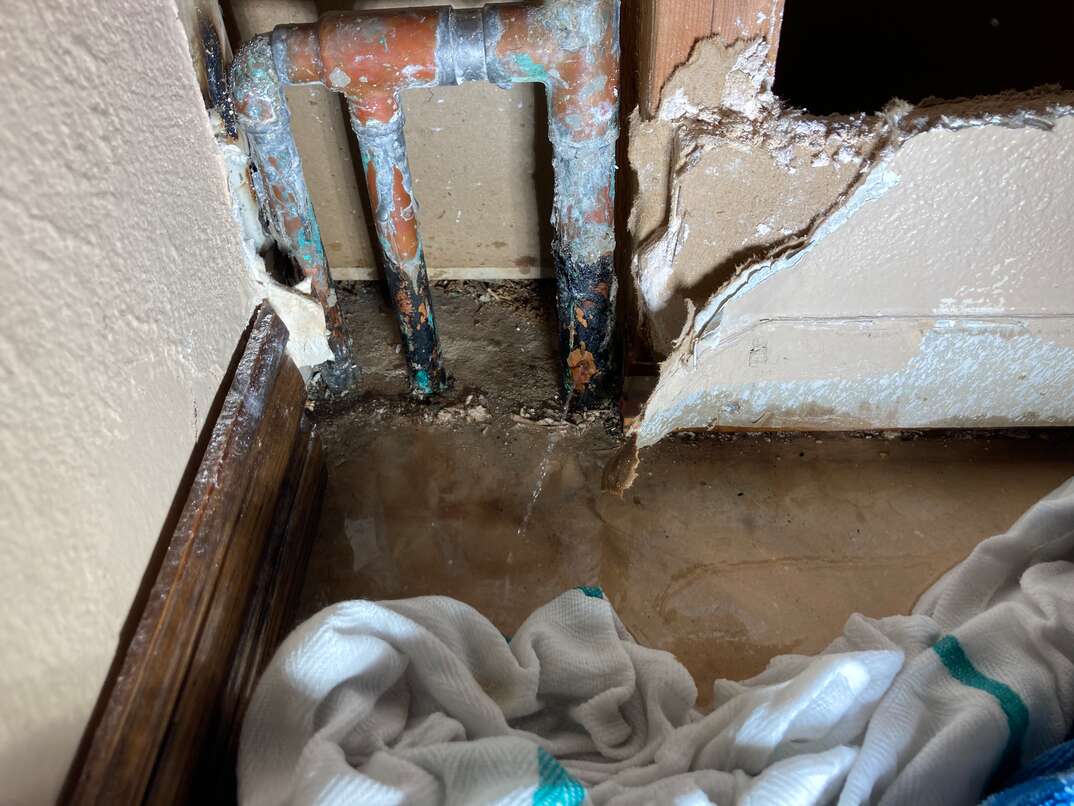
It’s never good news when you find excess water in an area it’s not supposed to be. A water leak in any area of your home can be caused by a number of variables. It’s not always simple to trace it back to the specific source, but the place you find water in can tell you a lot about what’s causing the leak. There are also times when you find water in two different areas due to the same root cause.
This May Also Interest You: How Much Does It Cost to Repair a Leaky Roof?
If you find water in any of these areas, here’s how to find the main culprit.
Water in or on the Walls
Water leaking down the walls can either be from water coming in from outside the house or a failure in the plumbing system. The easiest way to find out what’s causing it is by turning off everything that uses water in your home, like all your faucets and appliances. Check the water meter and look at the number it’s currently at. Wait at least two hours, then recheck it. If it has changed despite everything being turned off, you know you have a water leak due to an issue in the plumbing.
If the water meter remains the same, the water must be seeping in from the outside. If the walls are located in a lower level of your house, like the basement, check the gutters, downspouts or the foundation. Leaking water can result from clogged gutters and downspouts or an improper ground slope. If your wet walls are at a higher level in your house, check the flashing and shingles on your roof. It’s most likely caused by a roof system failure that's letting water make its way deep into your home.
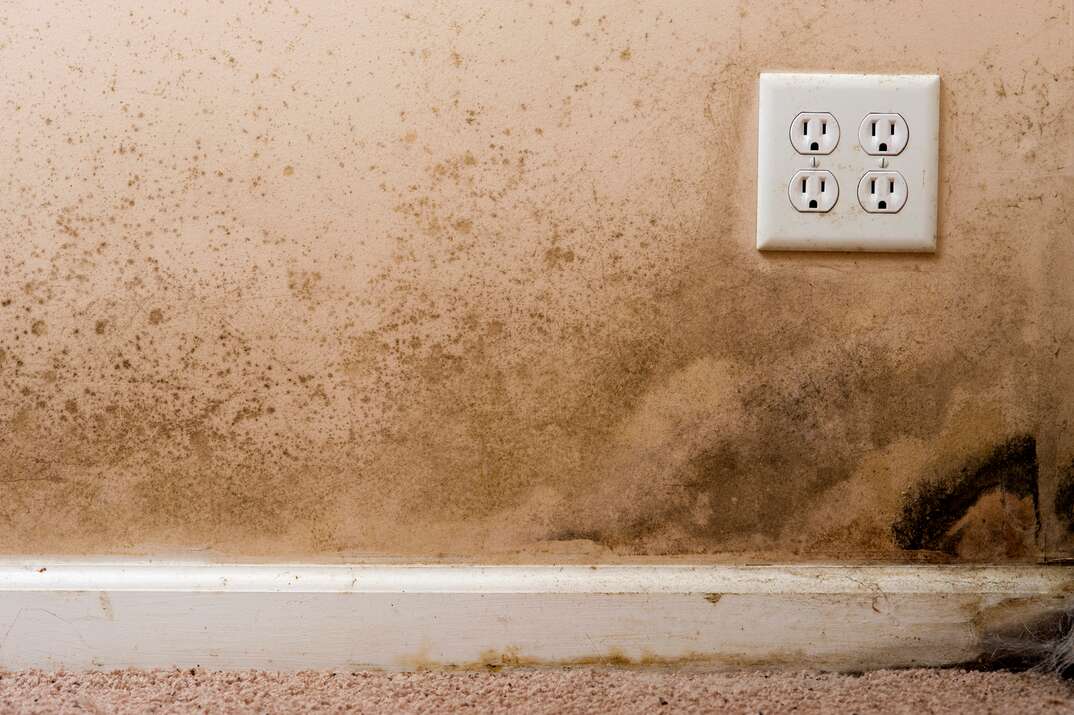
Water on the Ceiling
A ceiling leak can be a cause of concern for anyone. An easy way to trace back the leak to what’s causing it is by simply looking at the weather outside. If it’s raining or has recently snowed, there is a good chance the leak is due to a vulnerability in the roof. You’ll need to contact a roofer to get it fixed quickly. Most of the time, it's due to cracked roofing, deteriorated shingles or faulty flashing.
If there are clear skies, then chances are the leak is caused by something in the plumbing system. It’s not always easy to trace it back, since water can travel quickly from other places. You may need to cut a hole in the ceiling to see where the water is coming from. If the ceiling is directly beneath a toilet, it can be due to a broken wax ring. A broken wax ring lets water leave the system every time you flush the toilet.
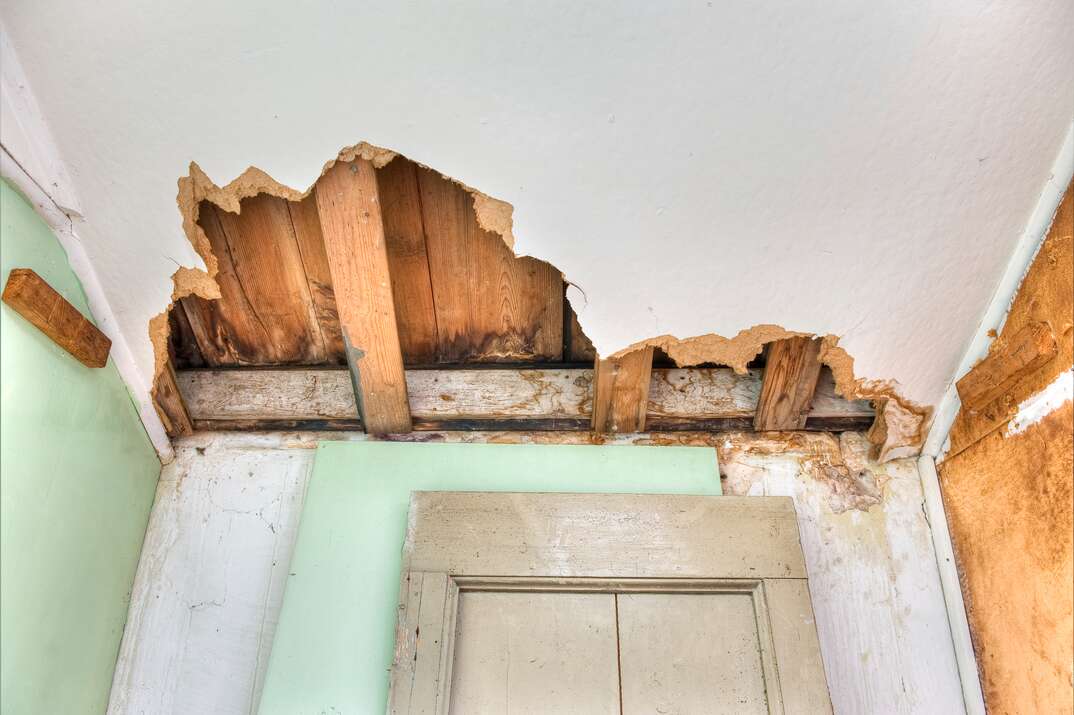
Water on the Floor
Water on the floor is one of the biggest plumbing problems — not just because it makes your socks wet, but because it’s also one of the biggest inconveniences. If the water reaches your drywall, it can damage it, leading to costly repairs.
For starters, check if the water made its way through other places like your walls and ceiling. If those are clean, look at the plumbing for nearby areas. If it’s in the kitchen, look at the drains, appliances or pipes under the sink. In the bathroom, check around the toilet for any excessive water.
If there’s nothing there, you can safely assume the water is rising through the floor. In this case, it can be due to slab leaks. Slab leaks are caused by corrosion or cracked pipes cemented into your home foundation. This issue is more frequent in older homes due to the common use of cast iron pipes susceptible to corrosion. Soil shifting in your area can also cause things to break. Unfortunately, this is not an easy fix, so you’ll need to call a plumber as soon as possible to reduce the damage.
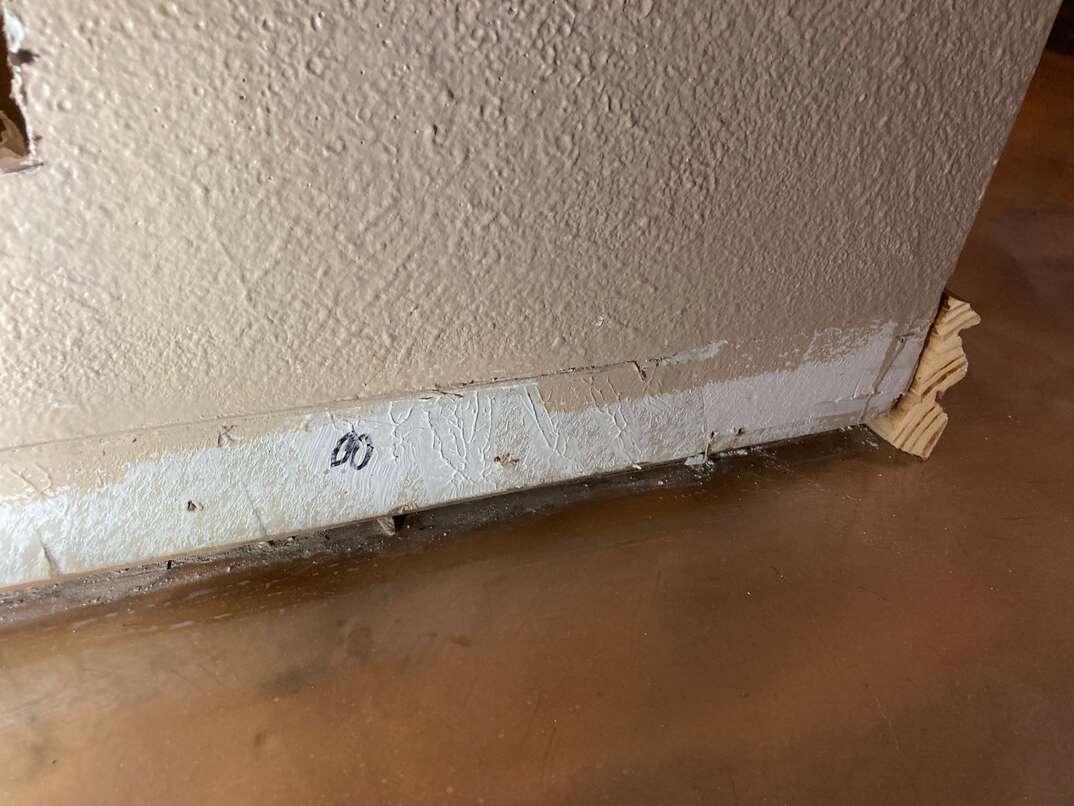
More Related Articles:
- How to Fix or Replace a Leaky Outdoor Faucet
- Overhead Expenses: A Leaky Roof Doesn’t have to Mean Pricey Repairs
- How to Fix a Radiator Leak in 4 Steps
- Save Yourself Some Pane With Our DIY Window Repair Guide
- Pipe Burst? Here’s What to Do Next
Water in the Basement
Water found in the basement is one of the easiest things to trace back. Pooled water can occur when your home’s foundation isn’t properly draining the water away from your property. This excess water makes its way through the cracks and into your home. If you have old windows with deteriorated caulking, moisture can also make its way through there.
Other causes for water in the basement include clogged-up gutters. The rainwater won’t get properly drained if your gutters are clogged up with leaves, dirt, and other debris. This causes the water to build up and eventually start to fall close to the foundation. To prevent outside water from seeping in, you’ll need to get foundation slope repair. If the ground slope around the foundation isn’t adjusted, it won’t drain the water away and continue to push it towards your foundation.
In other cases, you might find that there’s more water in your basement than just a leak — it’s a full flood. While this can be caused by severe rainstorms and water from the outdoors, the more likely culprit is a broken pipe. Cracked pipes are especially common during the winter when they freeze and crack due to the cold. Look around the area and see if you can find the damaged pipe. Ensure your pipes are well insulated to avoid this issue in the first place.
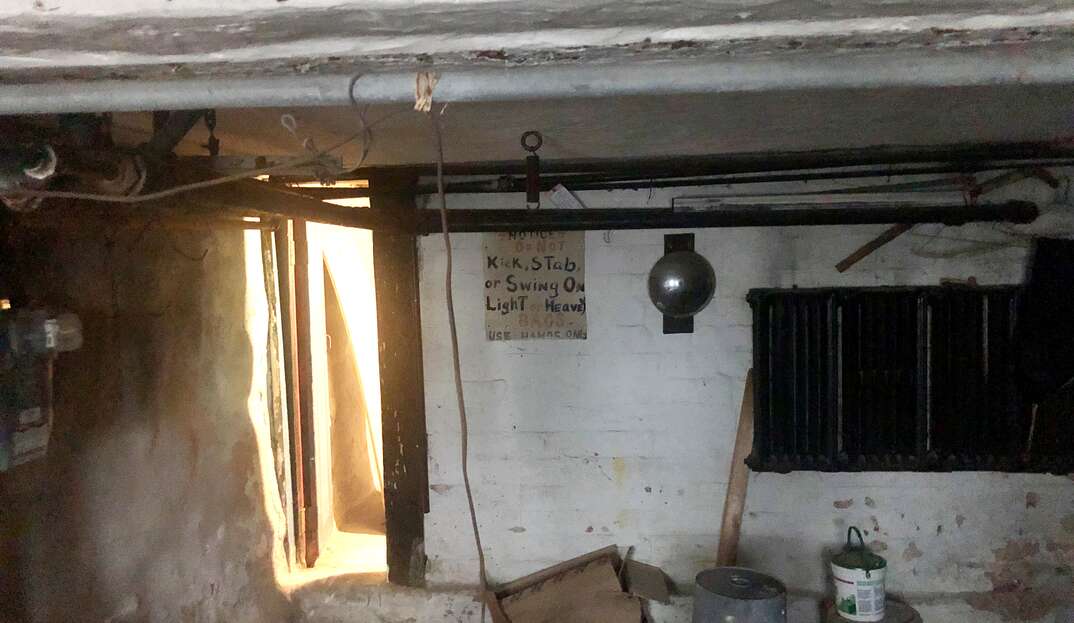
Other Signs of a Plumbing Leak
While pooled water is the most common sign of a plumbing leak, it’s not the only warning. Another common sign that you have a leak in your home is the appearance of dark or brownish stains. If you see a dark stain on the walls, ceilings or floor, there is pooled water in these areas. Water leaks that come through the roof tend to be responsible for these unattractive stains around the house.
Other signs of a plumbing leak include mold growth. Excess moisture and humidity offer the perfect environment for mold to grow in. If you see mold growing in any areas around your house, specifically in the basement, this is often the result of a plumbing leak. Roof leaks can cause mold to grow in the attic.
Funky smells can also pinpoint an unseen leak. Musty smells are often the result of mold, mildew, stale water or dirty water from outside. If you can find what’s producing the smell, it’s much easier to trace back the leak.
Not every plumbing leak symptom is seen or smelled. If you notice a sudden increase in your water bills, you might have a hidden leak. If you can’t find one, it’s not a bad idea to call a licensed plumber who knows exactly what to look for.


